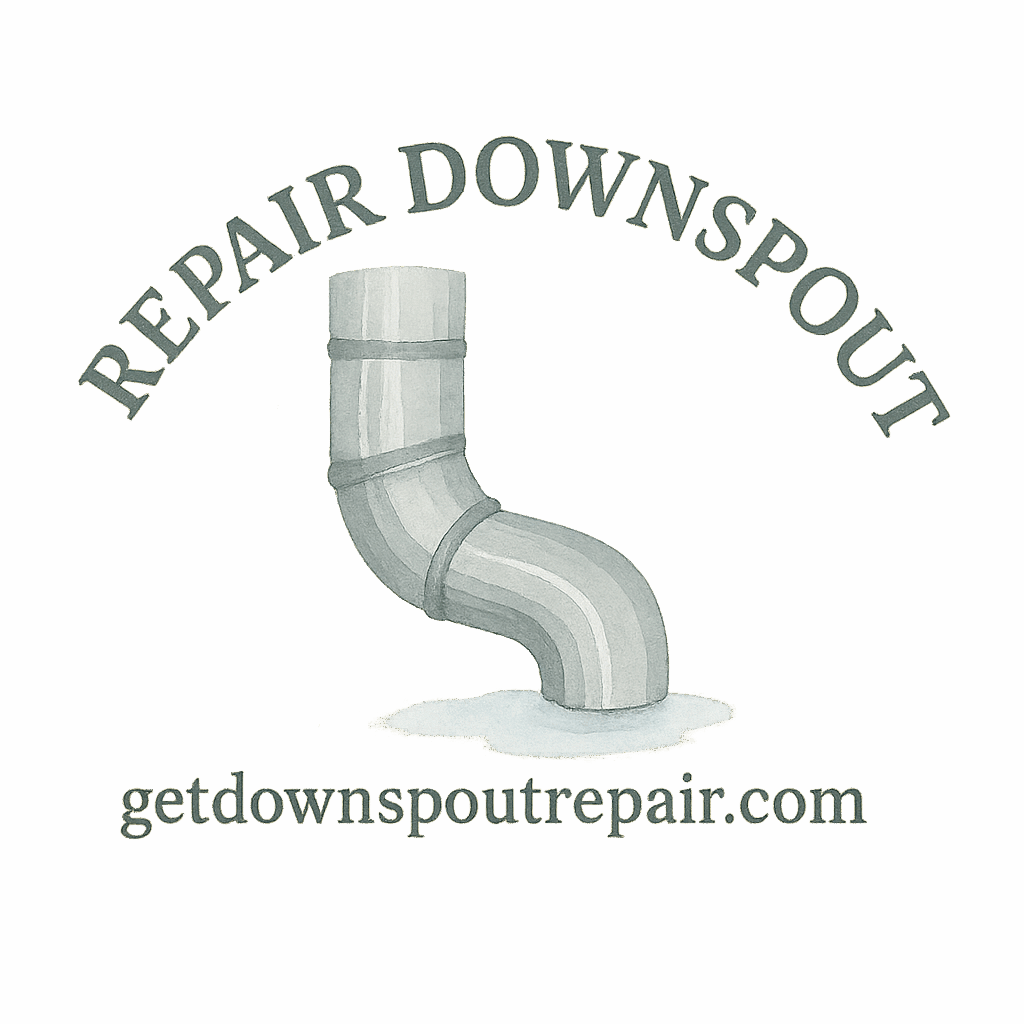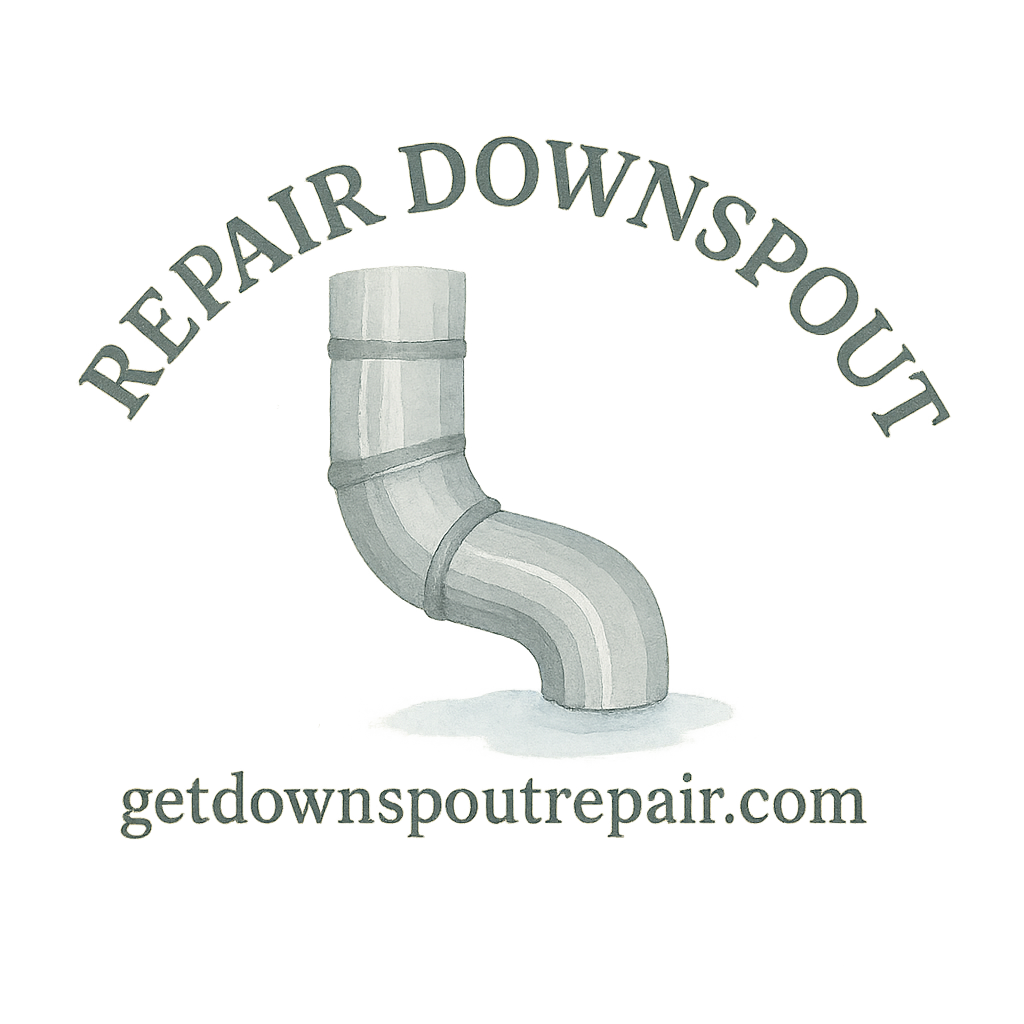Introduction
If you live in a rainy climate, you already know how important it is to keep your gutters and downspouts in top shape. A single storm can reveal hidden leaks, clogs, or misalignments in your drainage system. Ignoring these issues often leads to water damage, foundation problems, and expensive repairs. That’s why DIY downspout repair is such a valuable skill for homeowners.
In this guide, we’ll cover 11 DIY downspout repair fixes for rainy climates that you can do with basic tools. Whether it’s unclogging a stubborn blockage, sealing leaks, or extending your downspout to prevent water pooling, we’ve got you covered.
Why Downspouts Matter in Rainy Climates
The Role of Downspouts in Drainage
Downspouts aren’t just metal pipes sticking out of your gutters—they’re the main line of defense against water damage. Their job is to redirect rainwater away from your foundation and landscaping. Without functional downspouts, water can collect around your home, seep into your basement, and even crack your foundation.
Common Problems in Wet Weather
Rainy climates expose downspouts to constant water flow, debris, and pressure. The most common issues include:
- Clogged downspouts filled with leaves and dirt
- Rusted or corroded metal sections
- Loose attachments that cause leaks
- Water pooling near the foundation
The good news? Most of these issues can be solved with a DIY downspout repair approach before they turn into major problems.
Tools and Materials You’ll Need
Essential Tools
Before diving into the fixes, make sure you have the right tools. Common DIY downspout repair tools include:
- Screwdriver or drill
- Hacksaw or tin snips
- Plumber’s putty or silicone sealant
- Downspout straps or brackets
- Gutter scoop and garden hose
Affordable vs. Premium Tools
If you’re new to beginner repair, stick with budget-friendly tools. However, investing in premium tools like heavy-duty snips or high-grade sealants will make your repairs more durable and save money in the long run.
11 DIY Downspout Repair Fixes for Rainy Climates
1. Unclogging Blocked Downspouts
One of the most common rainy-season issues is clogging. Use a garden hose to flush debris out or a plumber’s snake for stubborn clogs. Installing gutter guards can also prevent clogging in the future.
2. Reattaching Loose Downspouts
Heavy rainfall can shake downspouts loose. Reattach them using downspout straps or brackets. Make sure they’re firmly secured to the siding or wall.
3. Sealing Small Leaks
Leaks in seams or joints can be sealed with silicone caulk. Apply it along the crack and smooth it out for a watertight finish.
4. Patching Larger Holes
For holes bigger than a nail head, use sheet metal patches with roofing cement. This fix is especially useful in older downspouts prone to rust.

5. Replacing Rusted Sections
If rust eats through the downspout, cut out the damaged section and replace it. Match the new piece with your existing downspout for a seamless look.
6. Realigning Misplaced Downspouts
Over time, downspouts can shift out of place. Use brackets to realign them so water flows directly away from your home.
7. Extending Downspouts for Better Drainage
If water pools near your foundation, extend your downspouts with metal or vinyl extensions. This simple DIY downspout repair prevents costly foundation damage.
8. Installing Splash Blocks
Place concrete or plastic splash blocks at the base of your downspout. They spread water away from the house and reduce soil erosion.
9. Adding Flexible Extensions
Flexible extensions are a quick fix for areas with tricky landscaping. They bend around corners and ensure water drains away from your foundation.
10. Securing Joints with Screws
Loose joints can leak or separate during heavy rain. Reinforce them with self-tapping screws to keep everything locked in place.
11. Seasonal Maintenance and Inspections
Rainy climates demand consistent care. Inspect your downspouts every season and clear out debris. Regular gutter cleaning keeps your system running smoothly.
Cost Considerations for DIY Downspout Repair
Budget-Friendly Fixes
Many repairs can be done with low-cost materials. For instance, unclogging or resealing only requires a hose and some caulk. Learn more about costs and materials to budget wisely.
When to Invest in Quality Products
For long-term durability, consider investing in quality products. A one-time purchase of rust-resistant aluminum downspouts can save years of patching and repairs.
Safety Tips for DIY Downspout Repair
Working at Heights
Use a sturdy ladder, avoid overreaching, and consider a spotter when working on tall gutters. Safety should always come first.
Handling Tools Safely
Sharp tools like tin snips and drills can cause injuries. Wear gloves and goggles during repairs. For more insights, check out repair basics.
Preventing Future Downspout Problems
Regular Cleaning and Inspections
The simplest way to avoid big issues is regular cleaning. Make it a habit to clear leaves, dirt, and debris after storms.
Using Gutter Guards and Strainers
Gutter guards reduce the amount of debris entering your system. Pairing them with strainers at the top of downspouts keeps water flowing freely.
When to Call a Professional
Signs You Need Expert Help
If your downspouts are badly rusted, misaligned beyond repair, or leaking into your foundation, it’s time to call a downspout expert.
Licensed Contractor vs. DIY
Some projects—like full gutter replacement—require a licensed contractor. But for most small issues, DIY downspout repair is all you need. For guidance, check pro help.
Conclusion
Rainy climates put your home’s drainage system to the test. Fortunately, these 11 DIY downspout repair fixes help you stay ahead of problems without breaking the bank. From unclogging blockages to extending downspouts, these solutions protect your foundation, save money, and give you peace of mind.
Don’t wait until the next storm—start repairing today and ensure your home is safe from water damage. For more guides, explore Get Downspout Repair for tips, tools, and expert advice.
FAQs
1. How often should I check my downspouts in a rainy climate?
At least once per season, especially before and after heavy rainstorms.
2. Can I repair a rusted downspout, or do I need to replace it?
Small rust spots can be patched, but large rusted sections should be replaced.
3. What’s the cheapest DIY downspout repair?
Unclogging debris with a hose or plumber’s snake is the easiest and most affordable.
4. How do I know if my downspout is clogged?
If water overflows from your gutters or trickles slowly through the downspout, it’s likely clogged.
5. Do splash blocks really make a difference?
Yes, they help divert water away from your foundation and prevent soil erosion.
6. Should I hire a pro or try DIY repairs?
For minor issues, DIY works great. For major damage, consult a downspout repair expert.
7. What’s the best way to prevent future downspout problems?
Regular maintenance, gutter guards, and seasonal inspections keep your system healthy.


